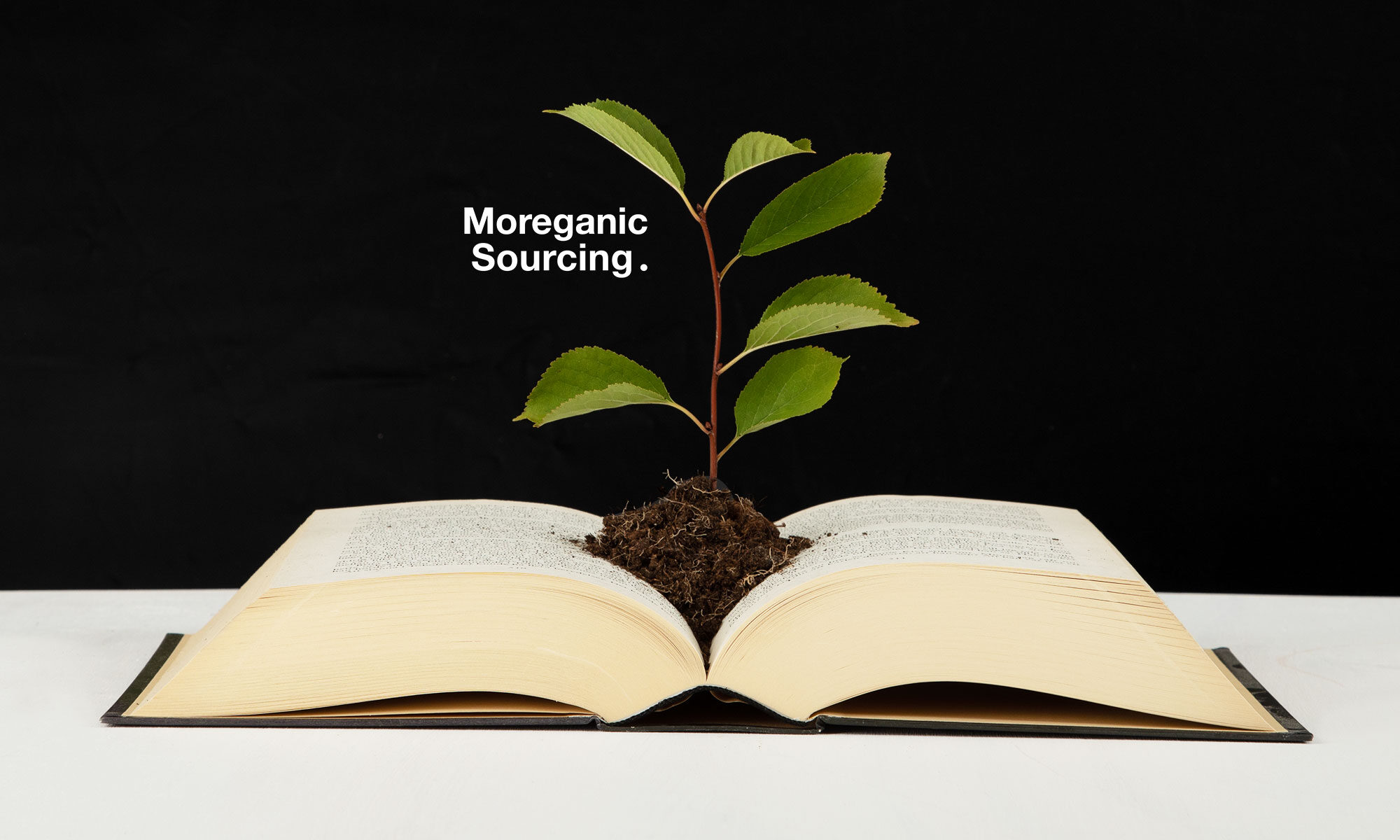Surveys keep on finding consumers looking for organic products that are locally produced. If such products are not available, or not affordable to the consumer, the choice turns into choosing between organic and local. In this situation, our understanding of ’local’ becomes critical. On Tuesday Sept 15, Ekomatcentrum will be presenting an interesting report that takes a closer look at whether Swedish organic products are more or less dependent on imported agriculture inputs than conventional. The conclusion is that Swedish organic agriculture is on average less dependent on imported inputs..

One of the basic ideas behind organic agriculture is to produce good food, using local resources. As inputs into the conventional agricultural system typically are not local (at least in the Nordics), the costs for these inputs actually convert into a revenue to another company in some other country. The function of the local farmer becomes to forward the money to this company. As a big driver for many consumers to buy local is to support their local farmers, it may be a bit challenging that a big chunk of the money is actually paid on to something of the opposite of a local company; a global large scale corporation in some other country. Adding to that, there is of course the fact that purchased inputs will leave an ecological foot print elsewhere.
To compare to what extent organic and conventional products are depending on local or remote resources, this report compares what share of the farm’s revenue from a product that is used to buy imported inputs. In other words: how much of a krona that the consumer spends in believing that the product is ’local’ is actually passed on to over seas production of inputs? The report also investigates whether the stricter standards of KRAV leads to a difference in terms of self sufficiency at farm level.
The report finds that the differences vary between type of production and between crops, but in general organic is found to be considerably more self sufficient, or local, than conventional production. For oats, for example 40-46% of the revenue in conventional crop production is passed on to buy imported inputs. Organic production passes on between 8 and 10% to imports. For for dairy farms, the difference is nearly insignificant as conventional production in Sweden, by law, is heavily dependent on grazing and silage for feed.

The report contains lots of fascinating data and correlations as well as an extensive methods and sources section. It compares potatoes, wheat, oats, tomatoes and milk in the conditions that prevail in Sweden. Having established that local organic is more local than local, the author (Gunnar Rundgren) goes on to discuss the dynamics of a large scale conversion that would result from local shopping ambitions turning organic:
- More land used for grazing leading to more biodiversity in the landscape
- More people would be employed in Swedish Farming and the profitability of farming would increase.
- Pricing would shift in the market, as costs for producing various goods are different between organic and conventional. Ham and poultry would become more expensive while beef, mutton and pulses would be cheaper.
- There is a small but important flow of nutrients from conventional to organic farms in the current organic system. This would need to be replaced to avoid considerable loss in productivity.
The report is available in Moreganic Sourcing’s web shop. So far only in Swedish. On line translation services will help you with a rough translation. Should you need an English version – just get in touch! If we get a few requests we will be able to translate it.
Download the report here:
